GMRC Review: Make Room! Make Room! by Harry Harrison
 Glenn Hough (gallyangel) is, among other things, a nonpracticing futurist, an anime and manga otaku, a gourmet, a writer of science fiction novels which don’t get published to world wide acclaim, and is almost obsessive about finishing several of the lists tracked on WWEnd. This is Glenn’s third featured review for the GMRC.
Glenn Hough (gallyangel) is, among other things, a nonpracticing futurist, an anime and manga otaku, a gourmet, a writer of science fiction novels which don’t get published to world wide acclaim, and is almost obsessive about finishing several of the lists tracked on WWEnd. This is Glenn’s third featured review for the GMRC.
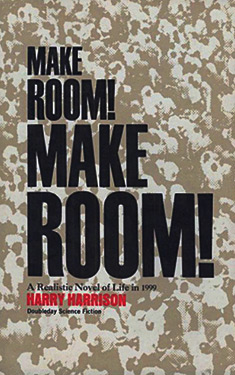 Let’s just get this out of the way right now. (And if you don’t know, this was the novel which was the basis for the 70s era classic SF movie Soylent Green.)
Let’s just get this out of the way right now. (And if you don’t know, this was the novel which was the basis for the 70s era classic SF movie Soylent Green.)
It’s not people! Soylent is not people in the novel. The novel doesn’t even hint at that. Frankly, it would’ve made the thing more interesting.
Harry Harrison presents us with a novel of squaller. New York has 35 million people in it. Most are poor, underfed, on the welfare; everything is falling apart since there are no supplies left to fix anything. Electricity is spotty. When the main character gets called to his police job early because of pending water or food riots, they have to send someone physically to his apartment to get him. Technology is in retrograde. People are either overworked or unemployed. The black-market deals in the rarest of commodities: beef. Occasionally, someone captures a rat. What a feast that will be for them.
The U.S. is a third world shithole.
Make Room! Make Room! is message fiction. It takes the Malthusian theory and runs it forward to a hard and nasty place, giving us fiction which we then want to Prevent in the real world. This is very clear when one of the main characters lays the blame for everything on population. And how social, political, and religious institutions around the world refuse to address the issue. This book predates Ehrlich’s seminal work, The Population Bomb by two years. The Club of Rome, a Futures thinktank, started in ’68 as well and their first big splash was in population projections. This issue was on the minds of many social thinkers and futurists.
It’s Not Easy Being Green
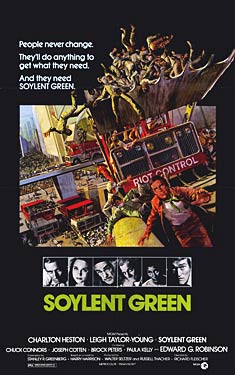
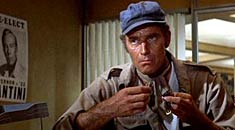
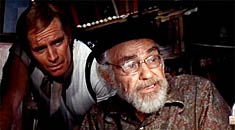
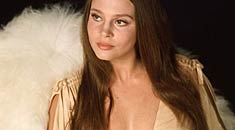
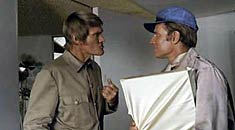
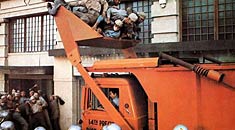
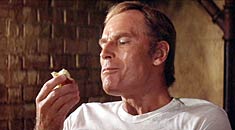
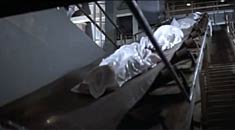
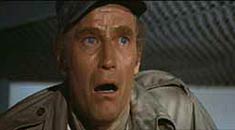
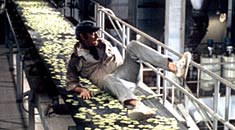
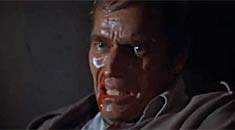
Soylent Green is made out of people.
Even if you haven’t seen 1973’s Soylent Green, you likely already know how it ends. It’s one of the worst kept secrets among sci-fi twist endings. In fact, the ending has become something of a cultural phenomenon, while the film itself is largely forgotten.
(Yeah, sorry for no spoiler alert.)
So, I watched Soylent Green this week, expecting some serious Soylent cheese. Instead, I found a surprisingly smart, gritty and still timely film that is much more than just another Chuck Heston fist-in-the-air primal scream.
Essentially, manly man Heston is a cop named Thorn in a futuristic pre-Giuliani New York circa 2022 with 40 million people, severe environmental damage and massive food shortages. Much of the film looks like it was shot through gauze to simulate the smog and filth of the dystopia. I think that also explains why everyone wears tan clothing. Nothing spells dystopia like tan clothing.
We’re told that real food is no longer available (as most animal life and vegetable life has gone the way of all flesh), so people subsist on Soybean-Lentil (aka Soylent) vegetable concentrates and the new, “plankton-derived” high protein Soylent Green.
That’s plankton if by plankton you mean someone’s Aunt Gertrude.
As the city is wildly overpopulated, most everyone is hideously impoverished and must share living space with other people. Chuck shares a pad with a Lawrence Ferlinghetti clone at what looks like the storage closet at City Lights bookstore. The clone, named Sol Roth, really is the heart of the film – an old man who remembers what life was like when there was life … and food.
It is Sol’s prosaic reminiscences about the good life before the world went to pot (and Heston’s tearful farewell at the old man’s death – sorry again on the no spoiler alert) that properly deliver the film’s message.
Long story short, a big Soylent corporate executive is assassinated and Chuck is on the case. Along the way, Heston very quickly moves in on the exec’s main squeeze and runs afoul of his one-time bodyguard (Rifleman Chuck Connors). Heston must also contend with food riots, whereby thousands of Doobie Brothers fans get bent out of shape and take it to the streets when the Soylent Green supplies run short.
While Heston spends most of the film doing manly 1970’s cop things like getting into fisticuffs and manhandling dames, Sol Roth uncovers the horrible truth about their foodstuffs and decides to opt for good old fashioned state-sanctioned suicide. It’s his deathbed confession and Heston’s subsequent investigation of just what the state does with the bodies that leads to the now famous conclusion of the film.
(Interesting Side Note: Sol Roth is escorted to his doom by none other than Dick Van Patton, the father from Eight is Enough, itself a 1970’s parable on population.)
Of course, I’m just paraphrasing the narrative. The story has grit and heart, it toggles between sci-fi and cop drama, and it’s more than just its punchline ending. For me, the reason the film didn’t make the leap from good to great is Heston himself.
When Heston encounters “the good life” of the dead executive – a good life that we would take for granted – his awe-struck reaction to things such as hot showers, apples and bar soap is supposed to bring home for us how deep is the loss.
But Heston isn’t the right guy for this job. He barrels through the movie as a sensual lout – the kind of guy you don’t want at your party because he swaggers in and drinks everyone else’s drinks. Kind of like that Spaulding kid from Caddyshack, only with a gun. And that damned ascot.
Heston’s square-jawed heroics are ill-fitted for the flawed character of Thorn who’s corrupt, opportunistic and ultimately frail and near hysterical with the corporate malfeasance he uncovers. The problem is that Heston is too macho and overly heroic for the audience to identify with.
Earlier this week, I saw a documentary about Jaws where Spielberg said that Heston wanted to play Chief Brody. Spielberg didn’t want to cast him because he thought that the shark wouldn’t stand a chance against Heston, with him being so larger than life. Spielberg said that Heston was like a 12, when the role of Brody called for an 8.
That was an eureka moment for me. Heston was just too much Heston for Soylent Green. The role of Thorn needed more vulnerability. It needed someone who could convey fear, wonder, weakness and regret in a more genuine way.
This got me to thinking that, recast with Dustin Hoffman, Soylent Green could have been masterful. Filmed at a time when Hoffman was making films like Straw Dogs and Papillon, Soylent Green could have mined deeper into the existential agonies and uncertainties of the 1970’s. The role of Thorn didn’t call for an action hero, but a thinking hero, someone who could richly expose our vulnerability and foolishness as we face the terrible consequences of the environmental monster we created. (Hello, BP.)
Soylent Green probes some interesting questions about human stewardship of the Earth. It deserves more than being relegated as the equivalent of a sci-fi one-liner.
 Editor’s Note: Soylent Green is based on the 1966 book Make Room! Make Room! by Harry Harrison.
Editor’s Note: Soylent Green is based on the 1966 book Make Room! Make Room! by Harry Harrison.



















 Full Details
Full Details

